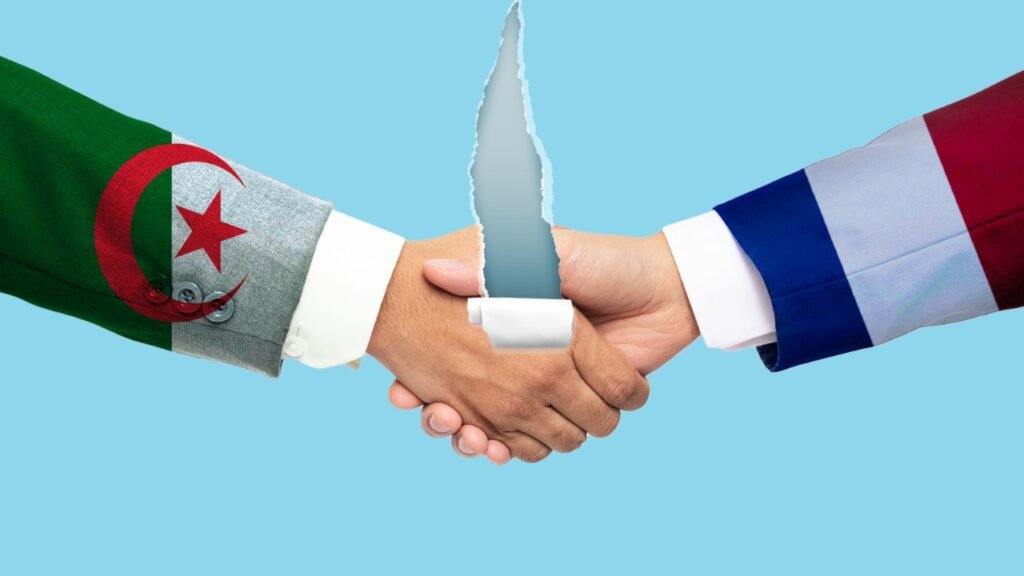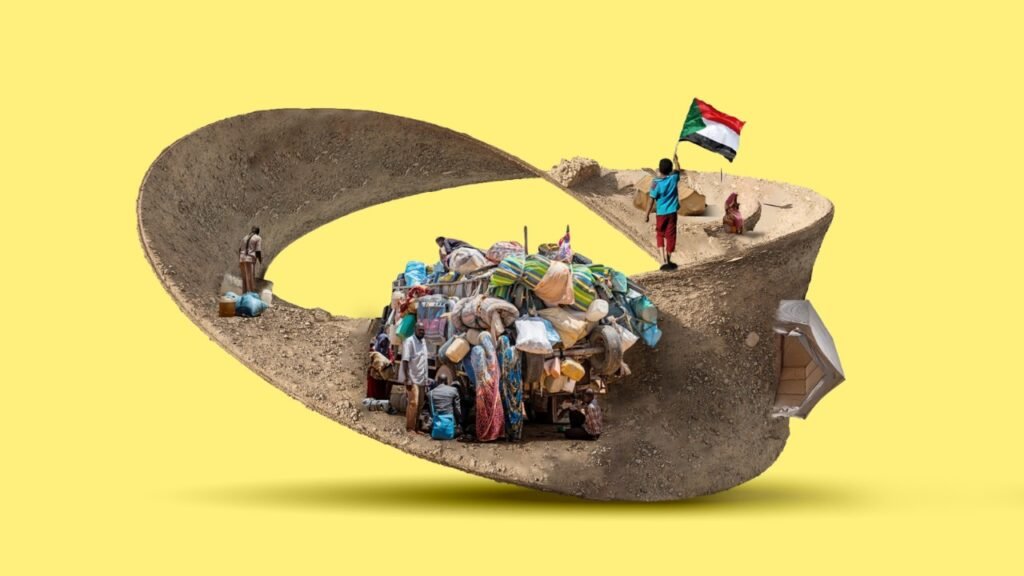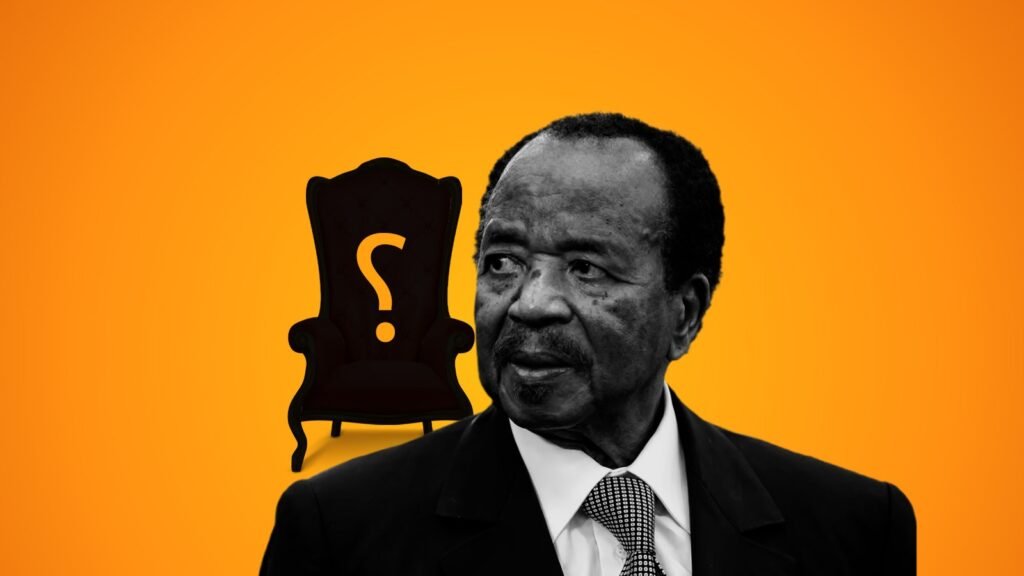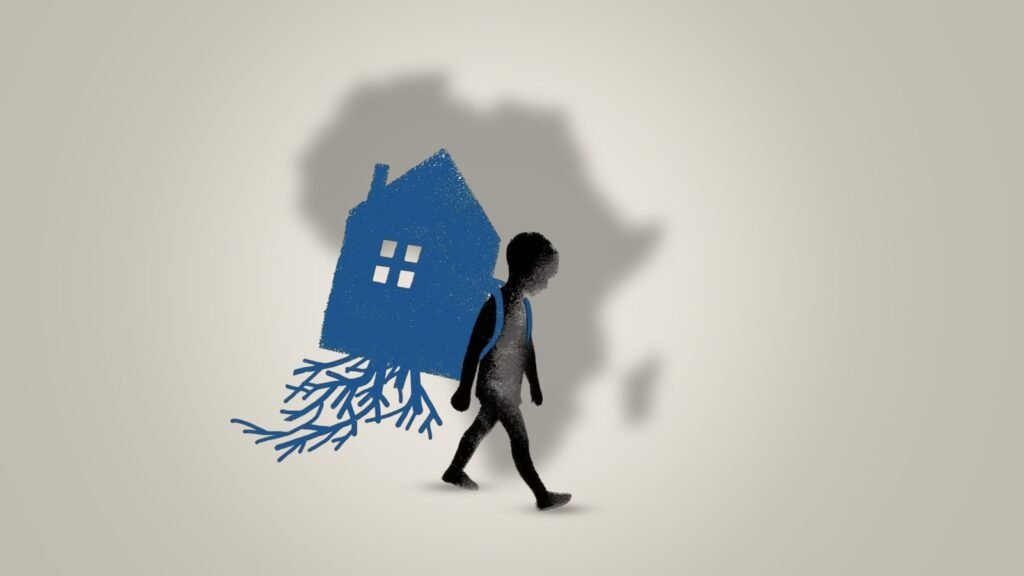In the bustling streets of Morocco, where the aroma of spices fills the air and the call to prayer echoes through ancient alleyways, an unexpected controversy has emerged. As the nation gears up to co-host the 2030 FIFA World Cup, reports have surfaced alleging a mass culling of stray dogs, casting a shadow over the country’s preparations and sparking international outrage.
According to investigations by animal rights activists, Morocco is undertaking a campaign to eliminate approximately three million stray dogs ahead of the World Cup. Disturbing footage has emerged, purportedly showing dogs being killed through poisoning, shooting, and other inhumane methods. These actions starkly contradict FIFA’s earlier evaluation report, which highlighted Morocco’s commitment to animal rights.
The Moroccan government has not officially confirmed these allegations. However, local activists and international organizations have documented numerous instances suggesting a coordinated effort to reduce the stray dog population drastically. The methods reported include the use of poisoned sticks, shooting, and neglect leading to starvation in overcrowded pounds. Such practices have drawn sharp criticism from animal welfare groups worldwide, who argue that these measures are not only cruel but also ineffective in addressing the root causes of the stray dog population.
In response to these allegations, several international celebrities and organizations have called on FIFA to intervene. They argue that the mass culling violates ethical standards and tarnishes the spirit of the World Cup. Despite mounting evidence and public outcry, FIFA has yet to issue a formal statement addressing the situation.
The controversy has also ignited a broader debate within Morocco about animal rights and public health. Supporters of the culling argue that it is a necessary measure to combat rabies and ensure public safety, especially with the influx of tourists expected for the World Cup. However, critics contend that such measures are short-sighted and advocate for more humane and sustainable solutions, such as Trap-Neuter-Release (TNR) programs, which have proven effective in controlling stray animal populations in other countries.
This issue is not isolated to Morocco. Other countries preparing for major international events have faced similar dilemmas. For instance, before the 2014 Winter Olympics in Sochi, Russia faced international condemnation for its treatment of stray dogs. These incidents highlight the recurring challenge of balancing public health concerns with animal welfare in the global spotlight.
The timing of these allegations is particularly sensitive for Morocco. The nation has been making significant strides in infrastructure development and international diplomacy to position itself as a capable and modern host for the World Cup. The culling reports threaten to overshadow these efforts, drawing negative attention and potentially impacting the country’s international reputation.
Local communities are also feeling the effects of the culling campaign. In many Moroccan cities, stray dogs have become a common sight, and while some view them as a nuisance, others have formed bonds with these animals, feeding and caring for them. The sudden removal and killing of these dogs have left some residents distressed, highlighting the complex relationship between humans and stray animals in urban settings.
Economically, the controversy could have implications for Morocco’s tourism industry. The country has long been a popular destination for travelers seeking rich culture, history, and scenic landscapes. Negative publicity surrounding animal rights abuses could deter potential visitors, particularly those from countries with strong animal welfare movements.
In the face of growing criticism, some Moroccan officials have reportedly begun to explore alternative solutions. There is talk of implementing nationwide vaccination and sterilization programs to control the stray dog population humanely. Such initiatives would require substantial investment and public education campaigns but could lead to more sustainable outcomes and improve Morocco’s international standing.
The international community’s response will be crucial in shaping the outcome of this controversy. Sustained pressure from animal rights organizations, coupled with diplomatic engagement, could encourage Moroccan authorities to adopt more humane practices. Conversely, a lack of action may embolden the continuation of the culling, setting a concerning precedent for other nations in similar situations.
As the 2030 World Cup approaches, Morocco finds itself at a crossroads. The nation has the opportunity to showcase not only its cultural and infrastructural prowess but also its commitment to ethical and humane practices. How it addresses the stray dog controversy will likely influence global perceptions and leave a lasting impact on its legacy as a World Cup host. In the end, the plight of Morocco’s stray dogs serves as a poignant reminder of the ethical considerations that accompany global events. It challenges us to reflect on the kind of world we wish to celebrate through international sports and the values we uphold in the process.




